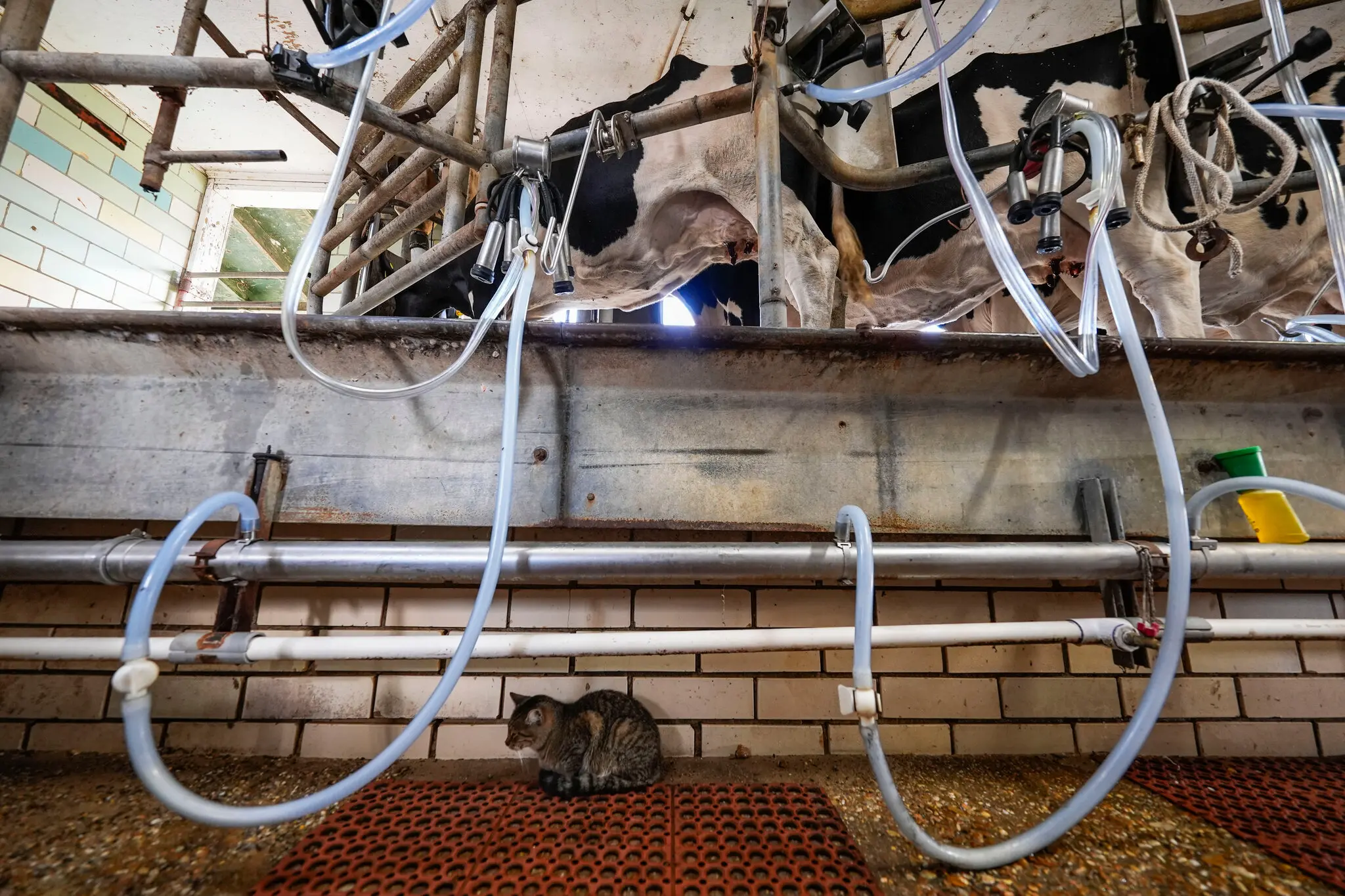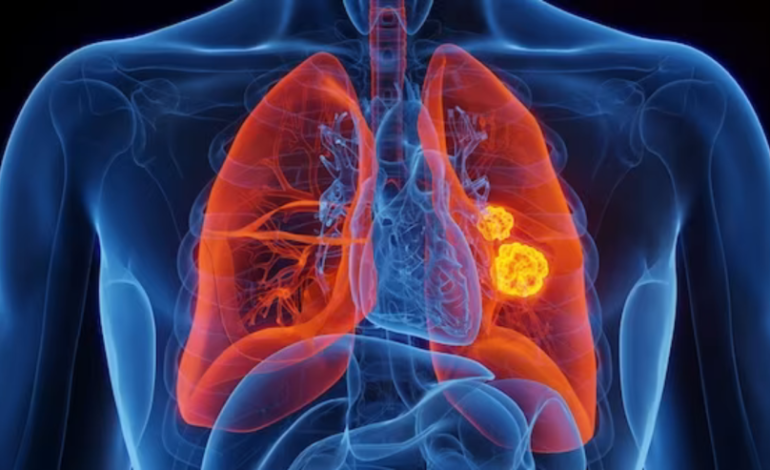The survival rate for lung cancer patients has increased by more than 25% in the last five years, according to a new report from the American Lung Association.
The “State of Lung Cancer” report highlights a 26% improvement in survival rates, a development attributed in part to advances in early detection through screening programs. These screenings, particularly low-dose CT scans, have enabled the detection of lung cancer at earlier, more treatable stages, which is key to improving outcomes.
Four years ago, the US Preventive Services Task Force expanded its recommended age range for lung cancer screenings and increased outreach efforts, particularly targeting current and former smokers. This initiative has contributed to higher screening rates among women and Black Americans, two groups that face a higher risk of lung cancer. However, the report notes that in 2022, only 16% of those eligible for screening were actually tested, suggesting that further efforts are needed to encourage participation in these potentially life-saving programs.
Despite the improvements, lung cancer remains the leading cause of cancer-related deaths in the US The report’s findings underscore the need for continued efforts in lung cancer care, including increased screening rates and expanded access to treatments. Harold Wimmer, president and CEO of the American Lung Association, emphasized that while survival rates are improving, lung cancer remains a significant challenge.
“More people with lung cancer are living longer, and that is something to celebrate. However, lung cancer is still the leading cause of cancer deaths in the US,” Wimmer said.
One of the main obstacles to improved outcomes is the fact that many cases are diagnosed at later stages, when the disease is more difficult to treat. Nearly 43% of lung cancer cases are detected at a late stage, where the five-year survival rate drops dramatically to just 9%. Additionally, over 20% of lung cancer patients do not receive treatment due to factors like a lack of awareness, financial barriers, or the stigma associated with the disease.
People of color are particularly vulnerable, with studies showing they are less likely to be diagnosed early, less likely to receive surgery, and less likely to survive long-term compared to other groups. The report also points to disparities in treatment access and outcomes, highlighting that Hispanic populations are among those least likely to receive the care they need.
Tobacco use is the leading cause of lung cancer, responsible for 80-90% of cases, but other risk factors, such as exposure to secondhand smoke, air pollution, and radon, also contribute to the disease’s prevalence. While the report acknowledges the progress that has been made in improving lung cancer survival rates, it calls for further efforts to expand screening access, improve treatments, and reduce disparities in care.
A case in South Carolina illustrates the potential benefits of genetic testing, which has enabled more targeted treatments for some patients. Carol Tibbs, a 59-year-old non-smoker diagnosed with lung cancer, benefited from genetic testing that identified a mutation, allowing her doctors to tailor her treatment plan. Tibbs’ case also underscores the challenges faced by many patients who experience delays in diagnosis, particularly if they do not fit the typical profile of a smoker.
Experts agree that genetic testing and biomarker screening will become standard practices in lung cancer care, helping to improve survival rates even further. Dr. R. Morgan Stuart, a neurosurgeon, emphasized the importance of genetic testing in guiding treatment.
“With immunotherapies and lung cancer, we’re seeing some huge benefits,” Stuart said.
The Hill and the Post and Courier contributed to this report.








